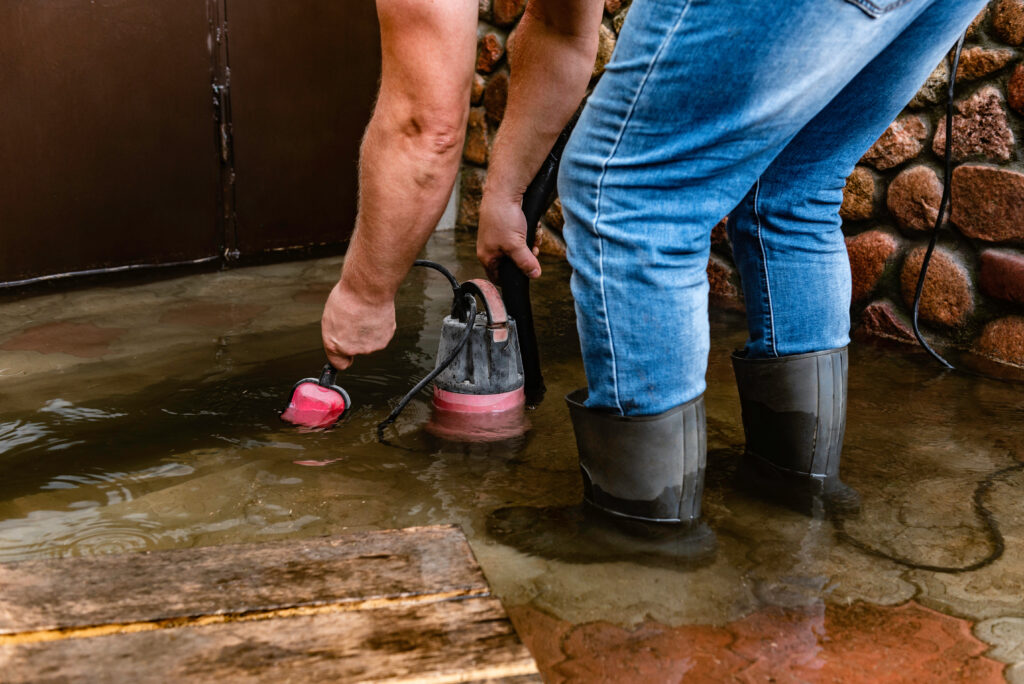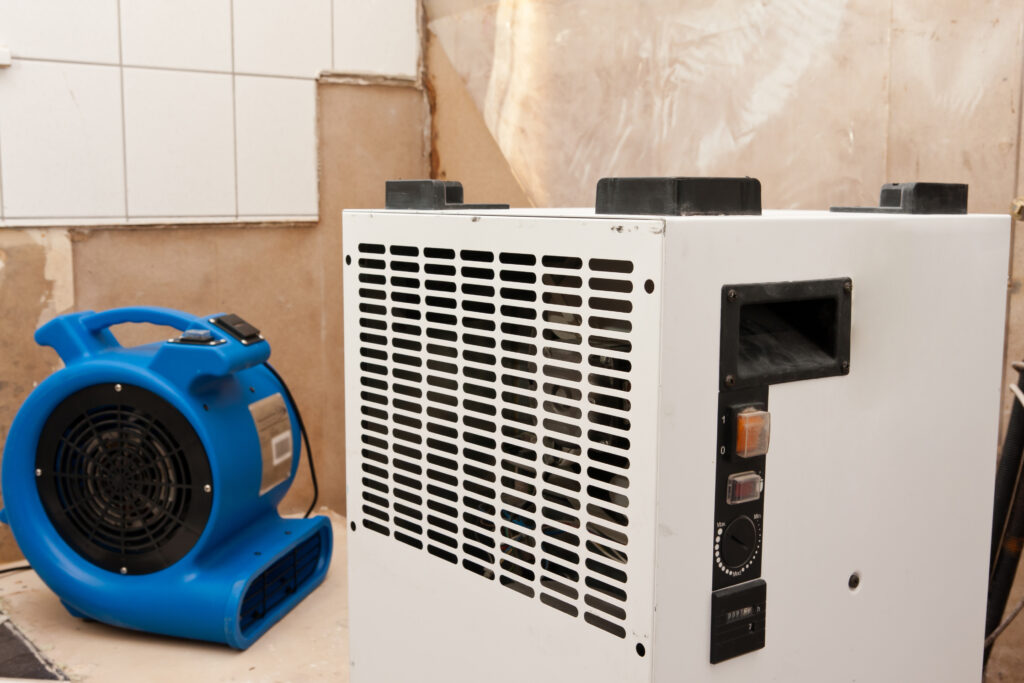How to Dry Out a Flooded Crawl Space
A flooded crawl space can be a nightmare for homeowners. Not only can it cause structural damage to your home, but it can also lead to mold growth and other health hazards. If you find yourself with a flooded crawl space, it’s important to act quickly to dry it out and prevent further damage. In this article, we’ll discuss the steps you can take to dry out a flooded crawl space and prevent future flooding.
Why Is a Flooded Crawl Space a Problem?
A crawl space is an area underneath your home that is typically used for storage or to provide access to plumbing and electrical systems. When this space becomes flooded, it can cause a range of issues, including:
- Structural damage: Excess moisture can weaken the foundation of your home, leading to cracks and other structural issues.
- Mold growth: A damp crawl space is the perfect environment for mold to grow, which can cause health problems for you and your family.
- Pest infestations: Pests such as termites and rodents are attracted to damp environments and can cause damage to your home.
- Odors: A flooded crawl space can lead to musty odors that can permeate your home.
Step 1: Make Sure It Is Safe!
Entering a flooded crawl space can be extremely dangerous, especially when it comes to electrical hazards. Here are some electrical dangers to be aware of:
- Electric shock: When water comes into contact with electrical outlets, appliances, or wiring, it can create a risk of electric shock. This can be life-threatening, as electric shock can cause severe burns, cardiac arrest, and even death.
- Short circuits and fires: Water can cause electrical circuits to short out, leading to sparks and potentially starting a fire. This is particularly dangerous if there are flammable materials in the basement.
- Damage to electrical systems: Floodwater can damage electrical systems, including wiring, outlets, and electrical panels. This damage can lead to malfunctions, power outages, and costly repairs.
To ensure your safety when dealing with a flooded basement, it is crucial to follow these precautions:
- Do not enter a flooded basement until you have confirmed that the power has been turned off. Contact a qualified electrician to disconnect the power supply to the basement.
- Avoid touching any electrical equipment or outlets while standing in water or on wet surfaces.
- If you suspect that water has come into contact with electrical systems, do not attempt to handle or repair them yourself. Contact a licensed electrician to assess the situation and make any necessary repairs.
- Use battery-powered flashlights or lanterns instead of candles or open flames for lighting in the basement. This will help prevent the risk of fire.
Remember, your safety should always be the top priority when dealing with flooded basements and electrical hazards. It is best to consult with a professional to handle any electrical issues to avoid potential dangers.
Step 2: Remove Standing Water
The first step in drying out a flooded crawl space is to remove any standing water. This can be done using a wet/dry vacuum or a sump pump. If the water is more than a few inches deep, it’s best to call a professional to handle the removal.

Once the standing water has been removed, use a mop or towels to soak up any remaining moisture.
Step 3: Install a Dehumidifier to Dry Things Out
After removing the standing water, the next step is to install a dehumidifier in your crawl space. A dehumidifier installation will help to remove excess moisture from the air, preventing mold growth and other issues. When choosing a dehumidifier, make sure to select one that is specifically designed for use in a crawl space.
To install the dehumidifier, follow these steps:
- Choose a location: Place the dehumidifier in a central location in your crawl space, away from any vents or openings.
- Install a drain hose: Most dehumidifiers come with a drain hose that can be attached to a nearby drain or sump pump. If your dehumidifier does not come with a drain hose, you can purchase one separately.
- Plug it in: Plug the dehumidifier into a nearby outlet and turn it on.
Step 4: Use Fans to Circulate Air in the Crawl Space
In addition to a dehumidifier, it’s also important to use fans to circulate air in your crawl space. This will help to speed up the drying process and reduce the potential for mold growth. Place crawl space drying fans in strategic locations throughout the area, making sure to direct them towards the dehumidifier.

Step 5: Solve the Flooded Crawl Space Problem
Once your crawl space is dry, it’s important to check for any leaks or cracks that may have caused the flooding. Look for any signs of foundation cracking, downspouts discharging along the foundation, ponding water and repair any issues you find. This will help to prevent future flooding and keep your crawl space dry.
Step 6: Maintain Your Crawl Space
Regular maintenance is key to preventing future flooding in your crawl space. Here are a few tips to keep your crawl space dry and in good condition:
- Keep gutters clean: Make sure your gutters are free of debris and are directing water away from your home.
- Keep looking for leaks: Regularly check for any leaks or cracks in your crawl space foundation walls and repair them promptly.
- Monitor humidity levels: Keep an eye on the humidity levels in your crawl space and adjust your dehumidifier as needed.
Conclusion
A flooded crawl space can cause a range of issues for homeowners, but by following these steps, you can dry out your crawl space and prevent future flooding. Remember to act quickly and seek professional help if needed. With proper maintenance you can keep your crawl space dry and protect your home from potential damage.
Already have mold? Check out this post How to Fix a Moldy Crawl Space. Need help real fast? Click HERE to schedule a free crawl space inspection and emergency response so we can help dry out your wet crawl space.


